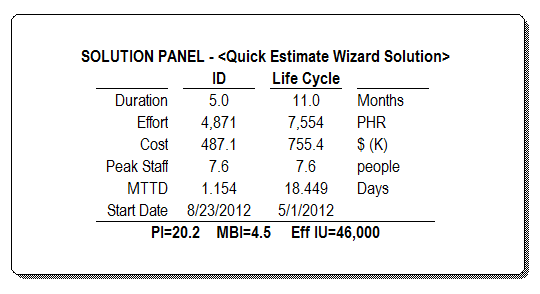When You Plan Your Projects Impacts the Bottom Line
In my previous blog post, I discussed the similarities between software and home improvement projects, and how the planning process greatly impacts the project lifecycle. Better planning in and of itself is a great way to streamline the Construct & Test Phase of development. However, when you plan is equally important to the development process.
While watching home improvement shows, like Discovery Home’s "Flip That House," one of the primary concerns of the project manager is often how quickly the team can get started so that they can meet their target deadline. One cringe-worthy line that I distinctly remember was “as long as we have activity, we have productivity.” Unfortunately, activity and productivity do not necessarily go hand in hand.
For instance, in software development a project manager may tell a developer at the beginning of a project to start building a system. If the requirements have not yet been determined, it’s challenging for the developer to build anything. Yes, it’s possible for the developer to start building something while the project manager decides what should actually be built. However, once the requirements are finalized it’s very likely that the developer will have to go back and rework the code so that the system will have the desired functionality.

